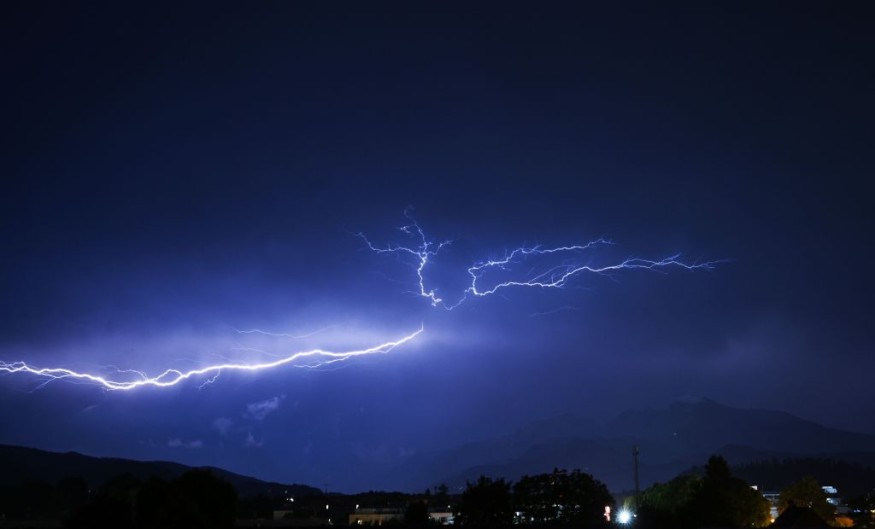Lightning strikes killed over 60 people in India this week due to an ongoing monsoon season affecting some parts of South Asia and the Middle East as of Friday, July 29. Heavy rain has resulted in flooding, inundating towns and triggering mudslides. Meanwhile, thunderstorms generate deadly lightning strikes, as well as damaging winds and large hail.
Also called the 'Southwest Monsoon' which occurs from June to September, the monsoon season in the Indian subcontinent is known for its prolonged torrential rain. The heavy rainfall causes gradual or flash flooding in a matter of minutes or hours in some cases. However, lightning strikes also pose one of the greatest risk due to the occurrence of monsoon-related severe weather.
In the past several decades, recorded lightning strikes in India have reportedly killed thousands of people. The site of occurrence transpires in both rural and urban areas, especially for individuals exposed in the open field without any protection from the lightning bolt. Survivors often suffer from injuries, thermal burns and medical problems related to neurological, respiratory and cardiovascular health.
In recent months, lightning strikes have killed nearly 750 people across India. Experts claim the continuance of thunderstorms this year could see the frequent production of lightning whici poses a potential risk for individuals outdoor.
India Lightning Fatalities

The Associated Press cites confirmation from local authorities that 49 lightning-related deaths were recorded in India's northern state of Uttar Pradesh.
Amongst these fatalities include a group of seven people, mostly farmers, who attempted to hid under trees during a severe storm. In spite of hiding under twigs and leaves, a lightning instantly killed the group on Tuesday, July 26.
In the eastern state of Bihar, 20 people died from lightning from Tuesday to Wednesday, July 27.
Between 1967 and 2019, official data shows lightning strikes have killed over 100,000 people across the country, becoming more than 33% of fatalities caused by natural hazards within the period, as cited by the BBC.
Asian Monsoon Season
The Southwest Monsoon has also affected other countries in South Asia, including Pakistan, and the Middle East such as Iran, where torrential rain triggered a landslide in the capital city of Tehran.
At least four people have been reported killed and nine others were injured from the mudslide.
It is the dominant rainy season for the Indian subcontinent. The monsoon season is often characterized by low precipitation and persistent heavy downpour, as well as lightning-producing severe thunderstorms.
What are Lightning Strikes?
Lightning is known as a massive spark of electricity occurring in the atmosphere and between the clouds, air, or ground, according to the National Severe Storms Laboratory (NSSL) of the National Oceanic and Atmospheric Administration (NOAA).
The start and end of a lightning strike will depend on the positive and negative charges between both ends.
While experts claim lightning strikes on humans are relatively rare, they can still occur, either directly or indirectly hitting an individual or object.
© 2025 NatureWorldNews.com All rights reserved. Do not reproduce without permission.





